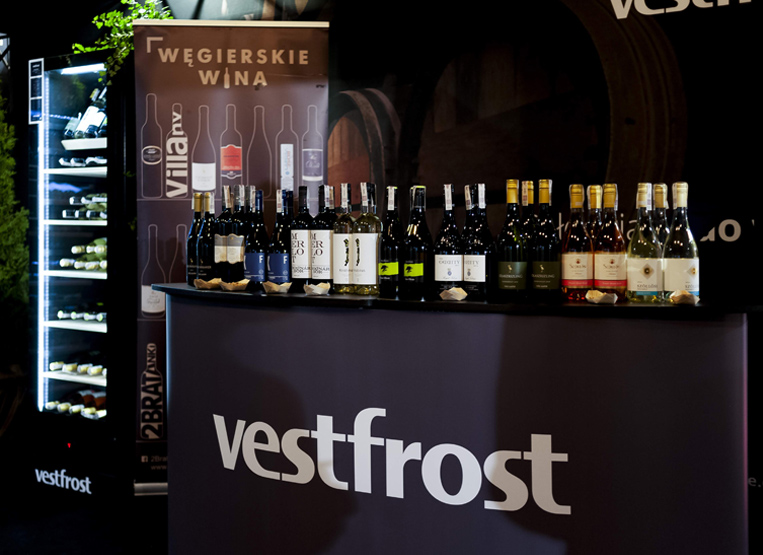
The first impression a bottle of wine makes is paramount. Marketing specialists, designers and artists know this all too well, hence considerable efforts expended to make sure that the bottle catches the eye, arouses interest and entices the purchase. The product strategy is of utmost importance in this industry, as consumers often feel lost when having to choose among thousands of varieties, types and brands. And yet, seen from a distance, bottles lined up on store shelves look similar. Some of them, however, are true works of art.
The most outstanding example is the legendary Château Mouton Rothschild. Each vintage of this collector Bordeaux bears a label that features a different work of art – some have been created by the likes of Chagall or Picasso. All have one thing in common: the image of a ram, as reference to the name of the property (in French mouton means ‘ram’). However sophisticated and attractive its graphic design, wine labels also provide us with useful information. What should you look for when choosing a bottle of wine and reading a label? Let’s have a closer look at the matter.
Mandatory information
It may come as a bit of a disappointment, but the only mandatory elements of a wine label, regardless of its country of origin, are the bottle’s capacity and alcohol content. This does not exactly make our choice easier. Fortunately, no sane wine producer would limit information provided on the bottle to this legally required minimum. First of all, the label features the name of the winery, usually written in the largest font. After all, wineries want to promote their brand on store shelves. It is followed by a detailed description of the wine and its characteristics. This allows consumers to understand what they can expect when they open the bottle.
The basics, or the two legs of wine
Wine needs to be classified and its name must provide an indication of something as fleeting as the sensual impressions created in the process of tasting: the wine’s colour, aroma and taste. Simply put, such classification takes into account two fundamental aspects: what the wine is made of and where it is produced. The vine variety and the geography of the vineyard are for wine what a passport or an ID card are for humans: they form its identity. These are the two pillars – or legs – on which the character and the nature of the drink rest. This is also what we subsequently try to decipher during the tasting process. In the case of European wines, geographical names – such as Chianti, Rioja or Champagne – come to the fore on the label. In turn, in the countries of the New World, emphasis is put on the grape variety. The first thing we pay attention to is whether the wine was made from Chardonnay or, say, from Riesling grapes. In this respect, the tradition of many Italian wine-producing regions comes to our rescue: their labels include both pieces of information. A good example is DOC Barbera d’Alba, or wine made from the Barbera grape variety grown around the town of Alba. The more wine tasting experience you have, the better you will be able to understand what to expect from a particular bottle on the basis of these two pieces of information. You will feel more confident, especially when dealing with the most common varieties. Generally, those who like Cabernet Sauvignon unwillingly reach for Merlot, and vice versa. Geography, in turn, determines the conditions in which grapes ripen, which translates into the style of the wine.
All you need to know is on the back label, also in the local language
The higher your degree of initiation and knowledge about wine, the greater your curiosity about the production process, for instance, the age of the vineyard, the time and manner of wine maturation, as well as the type of barrels used, organic farming, etc. Such details are normally featured on the reverse of the bottle, i.e. on the back label. Many wine producers suggest the type of dishes that the wine ought to be served with, recommend the serving temperature and include a wine tasting note. If the content of the back label is translated into the local language (which generates additional translation and printing costs), you can surmise that the wine is produced on a larger scale and widely distributed. Wyższy stopień wtajemniczenia pogłębia naszą ciekawość co do szczegółów produkcji, takich jak
Marcin Zatorski

